STEM education is becoming more important for education policy worldwide.
There is a tendency among the different educational systems across the world to highlight the technical and conceptual aspects of science and technology instruction. However, in the last 10 years, new pedagogical approaches have been proposed that seek to incorporate, in addition to science and technology, basic engineering and mathematics into a single problem-solving model based on these four areas of knowledge, known as STEM (Science, Technology, Engineering, and Mathematics). STEM education is becoming of increasing interest to governments and for education policy worldwide, given the direct relationship found between the development of national economies and the development of STEM education. This has driven investment in the education sector, curriculum restructuring and research in this field. Despite these advantages, STEM education also has its own contradictions. For example, it can be a driving force for international development, while accentuating local social and cultural inequalities; or it can privilege the development of industrial sectors, without consideration for the real circumstances of participants, who are often excluded from having access to better living conditions (Freeman, Marginson and Tytler, 2015).
data-animation-override>
“Education should develop a critical consciousness in which students to express their understandings drawn from their own learning experiences”
The STEM education initiative implies a significant development in current pedagogies owing to its multidisciplinary and applied commitment to scientific knowledge, orientated toward finding solutions. However, an approach focused on problem solving can also overlook the social and human factors involved in the use of scientific and technological tools that are applied to problems located in real contexts. In other words, these approaches must also consider the possibility of improving people’s living conditions offering participation channels that empower people and their communities. This can be achieved by incorporating into the curriculum a critical perspective (Freire, 2005) that highlights the transforming power of STEM education through dialogic participation. This is particularly relevant in countries like Mexico, where the levels of economic inequality are extremely obvious.
Mexico has gradually consolidated its position as an actor in the global economy. The widespread presence of international companies in the country requires STEM graduates as well as early vocational science training for basic-education students. In this regard, despite the implementation of the latest educational reforms, Mexico’s results in international academic achievement tests are still alarmingly low (Rogers, 2014), highlighting the level of the challenge faced by the country to improve the quality of its education in the short term and strengthen the needs of a globalized economy in the local context. Mexico is the fifteenth largest economy in the world and is seeking to increase its gross domestic product through the transformation of its jobs to attain a profile that matches the characteristics of the information society. The best way to achieve this is by improving the quality of STEM education, thus promoting technological innovation, patent generation and better paid jobs (Flores-Camacho, 2012). Therefore, investing in this sector is crucial, including, in particular, investment in teacher training (Montgomery and Fernández-Cárdenas, 2018).
data-animation-override>
“Non-formal spaces enable the development of fun, transforming forms of interaction that free students and teachers from the stiffness with which they are very often related”
Education is a powerful tool that can be used both to replicate and restructure the existing social order. Freire proposed that education should develop a critical consciousness in which educators empower their students to express their understandings drawn from their own learning experiences. Since this implies the enhancement of teachers’ and students’ dialogic capacities, dialogism has attracted the attention of researchers as a fundamental area for the development of educational innovations. Dialogic education moves away from the possibility of privileging a single dominant voice, usually that of the teacher, towards the development of a dialogic space in which students and teachers interact around the curriculum (Fernández-Cárdenas, 2014). Through language, participants can ethically negotiate their positions, permitting a plurality of perspectives, without endeavoring to silence any of them, and taking into account the needs of the concrete other. Consequently, a dialogical STEM education poses the following questions:
- What kind of education can increase and improve our knowledge of science and technology, while seeking to solve people’s social needs?
- What kind of education can address these needs, while contemplating freedom and creativity?
These questions undoubtedly put on the table an educational research agenda in which it is worth participating to improve people’s quality. One of the ways in which I have been working with my colleagues in this area of educational research and innovation is to document teacher-training spaces in non-formal settings, such as a science museum (Fernández-Limón, Fernández-Cárdenas and Gómez Galindo, 2018). We have discovered that non-formal spaces allow participants to develop fun, transforming forms of interaction that allow them to break free from the stiffness of the usual teaching practices in which they participate. The sequential analysis of the speech and gestures of participants interacting in a STEM continuing education diploma demonstrates that teachers achieve high levels of engagement, creativity and collaborative problem-solving. Other cases of successful dialogic and transformative education practices that I have documented can be found on the STEMk12dialogue site, including videos of community centers, museums, family activities, and indigenous and rural education.
About the author
Juan Manuel Fernández–Cárdenas is a full-time Research Professor at Tecnológico de Monterrey. His areas of research include the formulation of practice communities, educational quality assessment and speech analysis of interaction in educational settings mediated by digital technology.
This article from Observatory of the Institute for the Future of Education may be shared under the terms of the license CC BY-NC-SA 4.0 
)
)
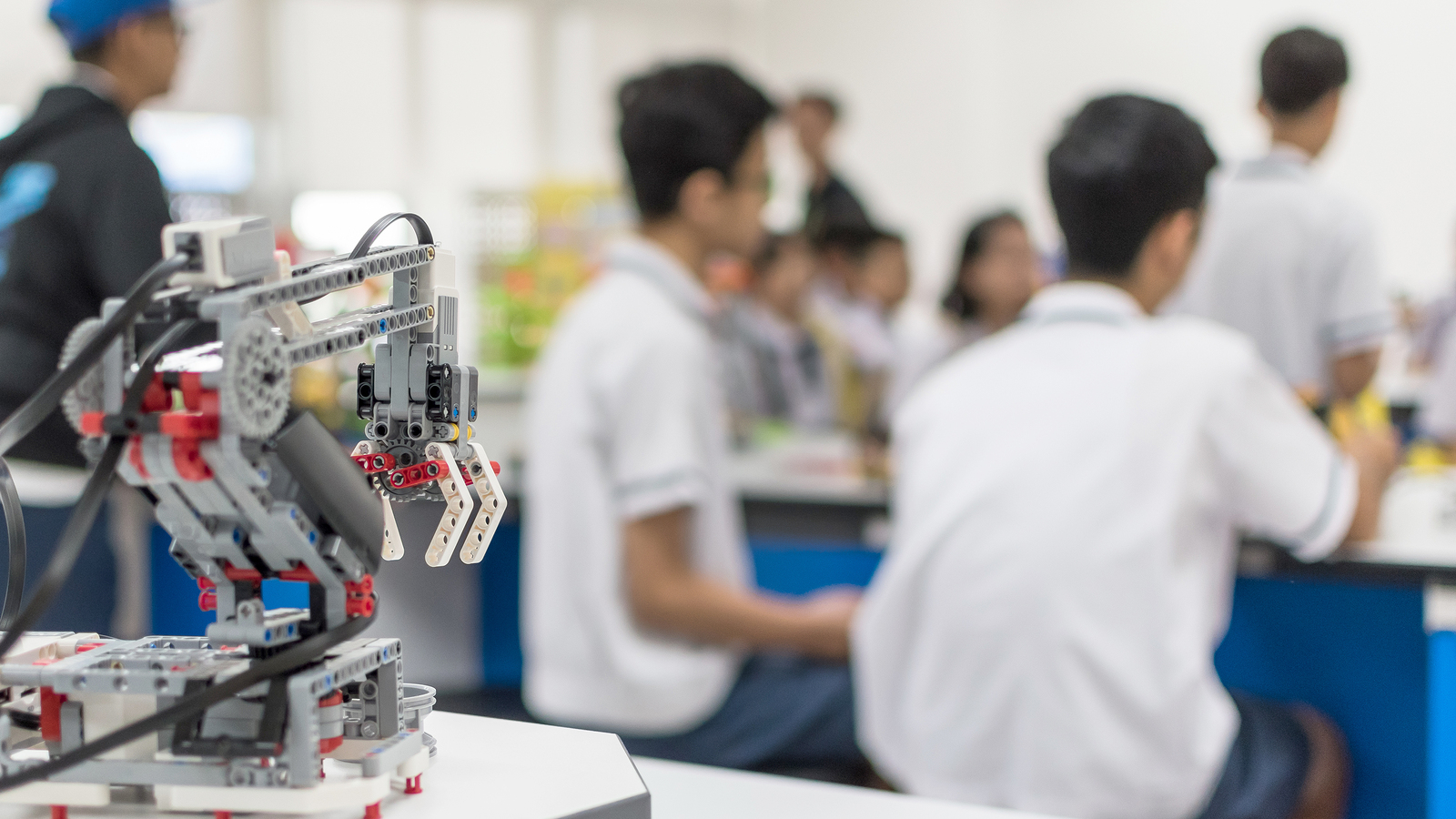


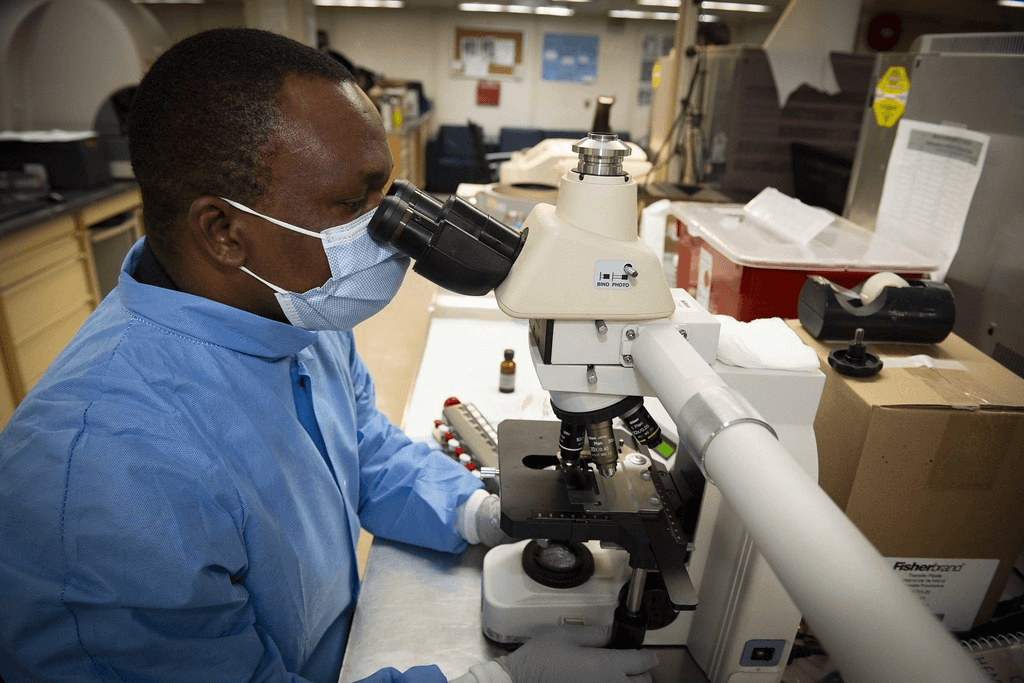

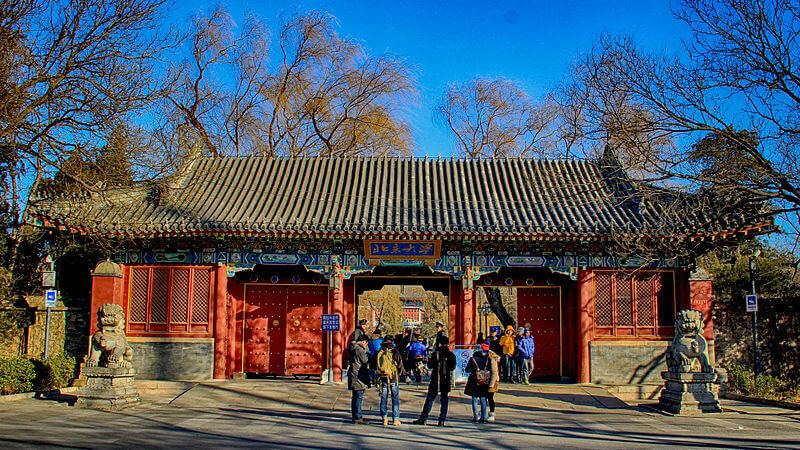
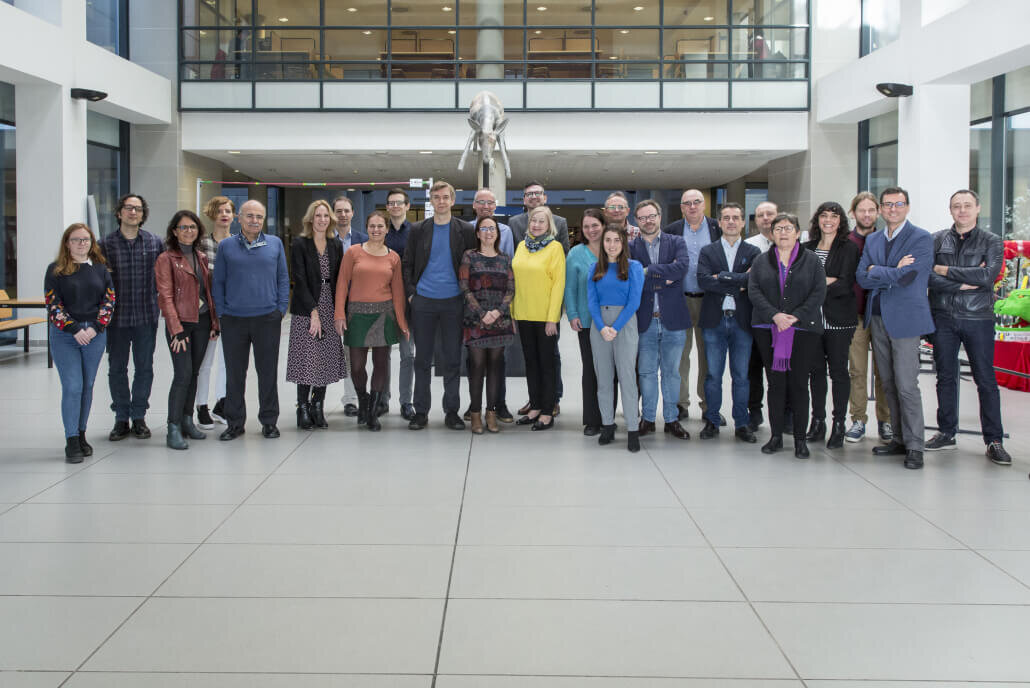

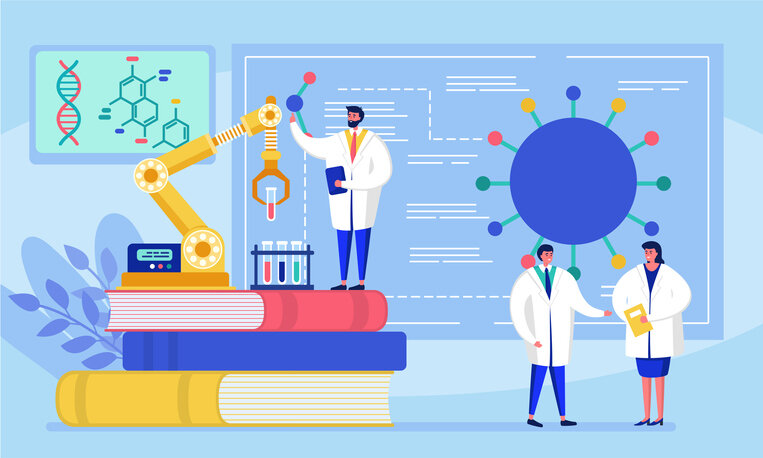


)
Sofía García-Bullé
Sofía García-Bullé
Sofía García-Bullé